Entrepreneur Stories
Raymond Kroc And The McDonald’s Journey
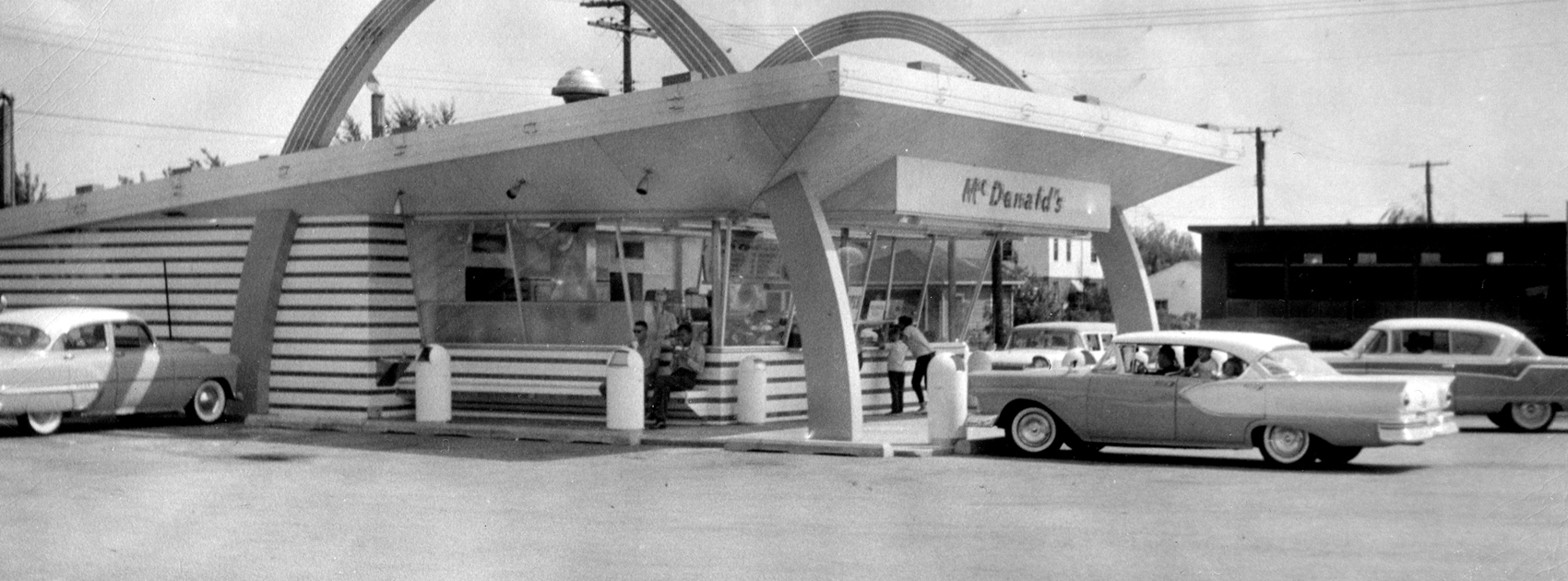
Red tiles, neon lights and yellow sign boards. Big juicy burgers and sweet milkshakes. An ice cream cone oozing deliciousness and sprinkled with a flavour like never before. A bad work day instantly made better with a Big Happy Meal or a craving satiated with a Maharaja Mac on a broke wallet. Today, all these things are widely synonymous with McDonald’s as a brand and while the food chain may have had a rocky start, it has an inspiring journey.
The beginning of McDonald’s
Raymond Kroc, a salesman with 34 years of experience to his name, saw how the McDonald brothers were changing the burger game one milkshake at a time. As a milkshake salesman, one of Ray’s routine involved visiting the people to whom he sold Multi Mixers. When he met two of his biggest clients, Richard and Maurice McDonald, life as he knew it was never the same. Realising he had the opportunity of turning something as homely and delicious as a hamburger into a phenomenon, Ray knew he had to capitalize on the idea.
While most of Ray’s regular customers bought only one or two Multi Mixers at a time, the McDonald brothers bought 8! Why? To make 40 milkshakes at a time so they could give their customers a regular supply of milkshakes and burgers. Looking at people lining up in queues outside the golden arches way into the dusky evenings, Ray realised the McDonald brothers had a booming business on their hands. Watching the many workers in crisp white hats and ironed uniforms scurrying around and serving burgers and fries with perfect precision, Kroc instantly saw why McDonald’s as a franchise was an idea into which he just had to tap.
By 1954, a 52 year old Ray Kroc and the McDonald brothers embarked on the journey of shaping and revolutionizing the way the fast food industry in itself worked. Using consistency and discipline as the key ingredients, Ray created a recipe for success, the likes of which we haven’t seen replicated. The first McDonald’s restaurant Ray saw was like a perfectly tuned factory, with all the workers and chefs humming around in sync.
By investing all his savings and more money than he could put into the business, Kroc joined hands with the McDonald brothers and set about creating history. Despite the resistance he received from the brothers as well as the rest of his friends and family, Kroc started working at putting his sales experience to good use! The brothers finally agreed to Ray’s deal. The brothers sold Ray the franchises for the low price of $ 950. In exchange, he would keep 1.4 % of all sales and give 0.5 % back to the brothers. With the existing franchisees only giving such a meager percentage of total sales, the corporate parent made very little money.
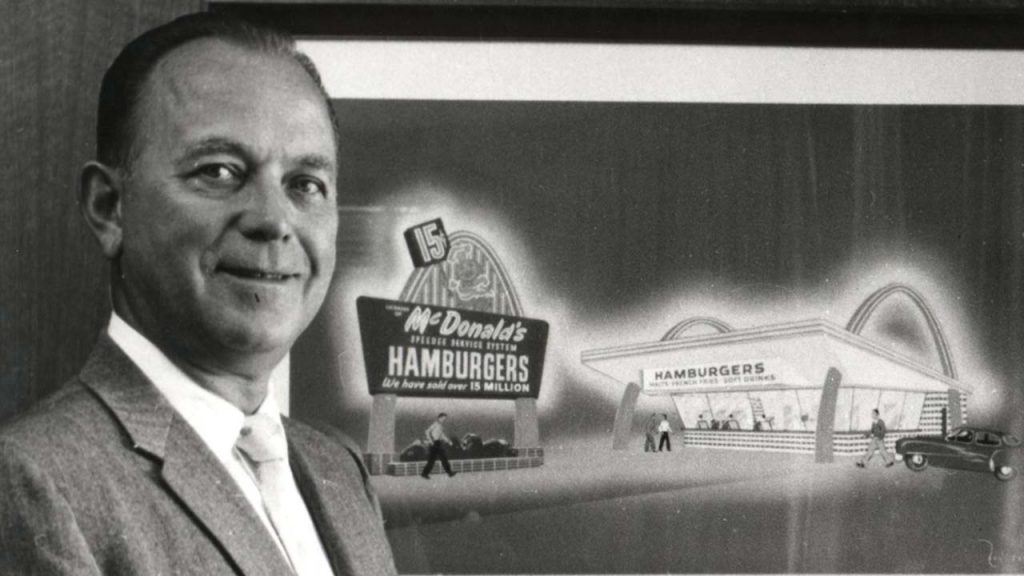
Picture credit: succeedfeed.com
The growth of McDonald’s as a business
Once the deal was struck and written in stone, Kroc set about working on how to turn this food chain into a brand. The first McDonald’s franchise opened in 1955 as an experimental model, just outside Chicago in Des Plaines, Illinois. Although this first store started churning out more than enough profit in the beginning, Ray knew that in order to start making an impact, he had to enforce more order than there already was. Everything in making and delivering burgers had a certain sense of science to it and using this formula, Kroc grew McDonald’s to greater heights. However, the speed with which Kroc was growing was quite different from what the partners had agreed to when they signed the deal. Realising Kroc was changing the way the business was running, the McDonald brothers had no choice but to bow out and leave Ray alone.
Although the move came as a disruptive thought process for Kroc, the end goal was always in sight. With dedication and an eye on perfection, Kroc built his business up so much that by 1960, there were more than 200 stores across the Midwest, the central parts of the United States. Squashing all his customers one delicious burger and tempting meal at a time, Kroc quite literally perfected the way the fast food industry worked not just in the United States, but all over the world as well!
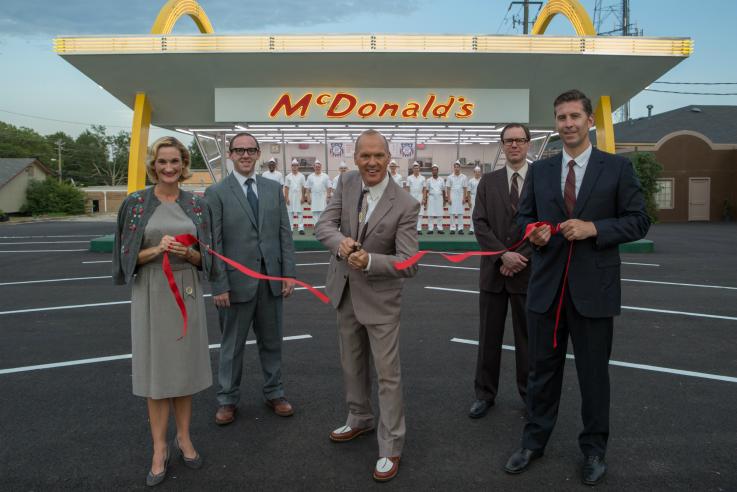
Picture credit: newsweek.com
The largest food chain in the world
With all the different advertising and marketing tactics McDonald’s used, the brand started growing to phenomenal heights. By the year 1970, it was the single largest food chain in all of the United States. Picking up speed not just in the United States, McDonald’s as a brand first started spreading to Europe and then to other parts of the world.
While the taste of the food is the same in all the branches, the menu has been tweaked to suit the tastes of the people in places outside the United States. For example, in India, the menu reflects dishes which have been curated for the Indian palate and in Germany, McDonald’s started serving beer in the 1970s!
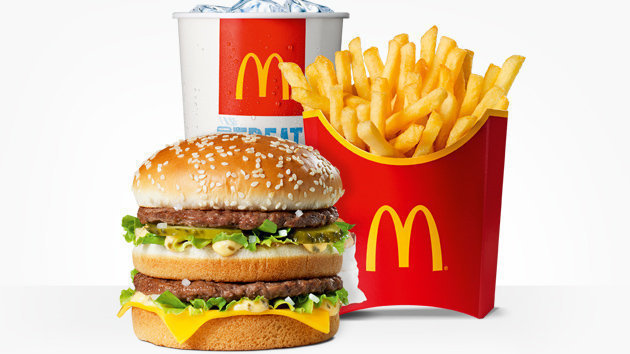
Picture credits: gonebrakscity.com
Today, with over 36,000 restaurants, McDonald’s serves 69 billion orders on a regular basis. Easily one of the most popular food chains the world over, there is no meal that is a Happier Meal happier meal than a McDonald’s one!
Entrepreneur Stories
Indian Man Quits JPMorgan, Takes 70% Pay Cut to Launch $6 Million Startup
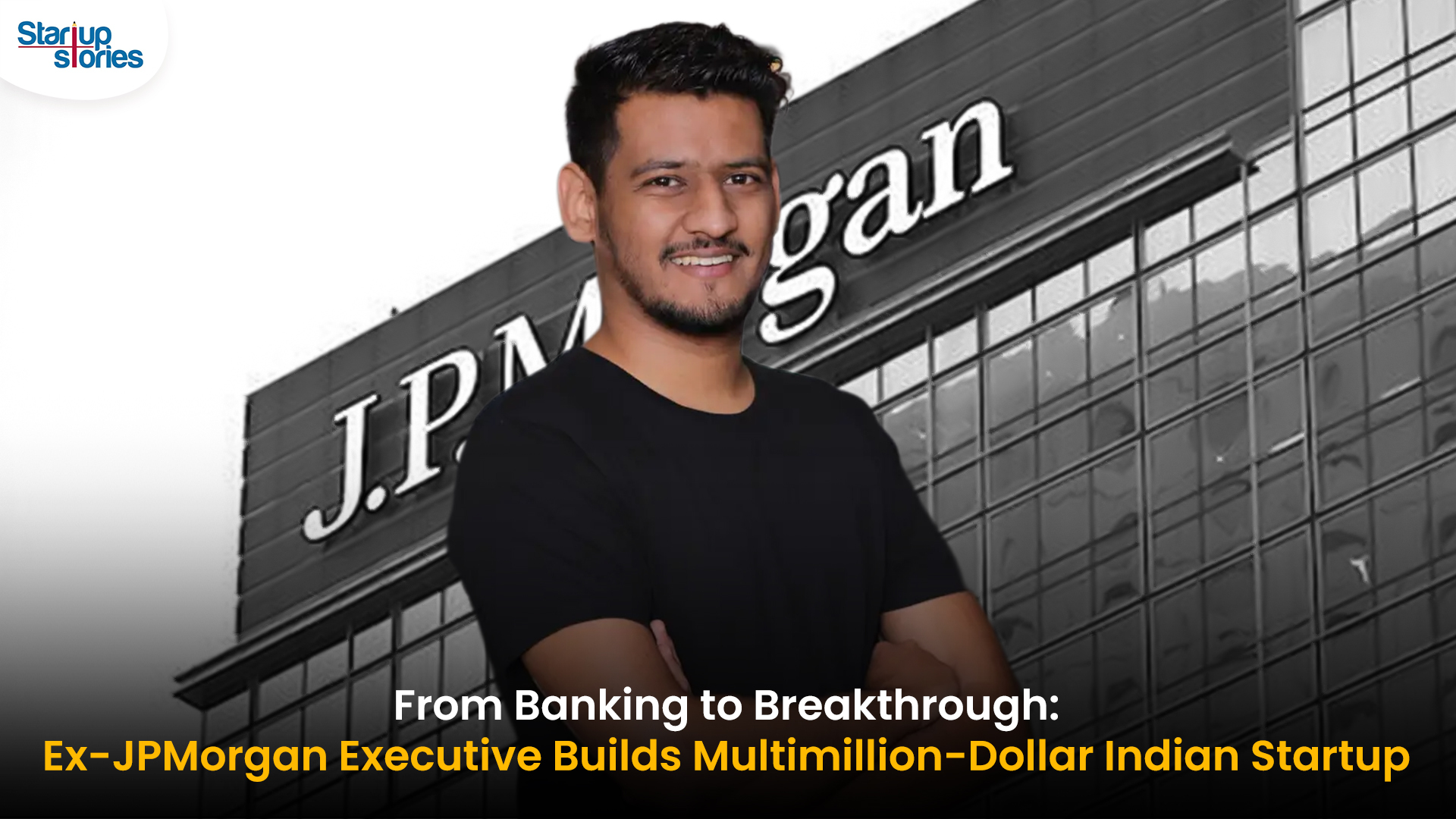
Leaving behind a high-paying job at JPMorgan, an Indian entrepreneur embraced a 70% salary cut to pursue true purpose and passion in the startup world. Disenchanted with what he described as a “robotic” corporate routine, he sought meaningful work that made a real impact. This pivotal decision marked the beginning of his new journey, one focused on value creation rather than titles and corporate perks.
Powered by resilience and fresh perspective, the entrepreneur launched his own startup, prioritizing innovation and hands-on solutions. The road was challenging, but his vision resonated with the market: the startup quickly gained traction and raised $6 million—an impressive acknowledgement of its potential in a competitive landscape. Every hard lesson from early setbacks and bootstrapping paid off in real customer growth and investor confidence.
Today, his journey stands as an inspiring example for professionals seeking authentic success outside the corporate grind. By trading comfort for creative freedom, he grew a venture that solves important problems, generates jobs, and builds wealth beyond just salary. For ambitious founders, his story highlights the power of risk-taking, adaptability, and relentless focus on impact in India’s thriving startup ecosystem.
Videos
Larry Page: The Visionary Co-Founder Behind Google’s Global Success
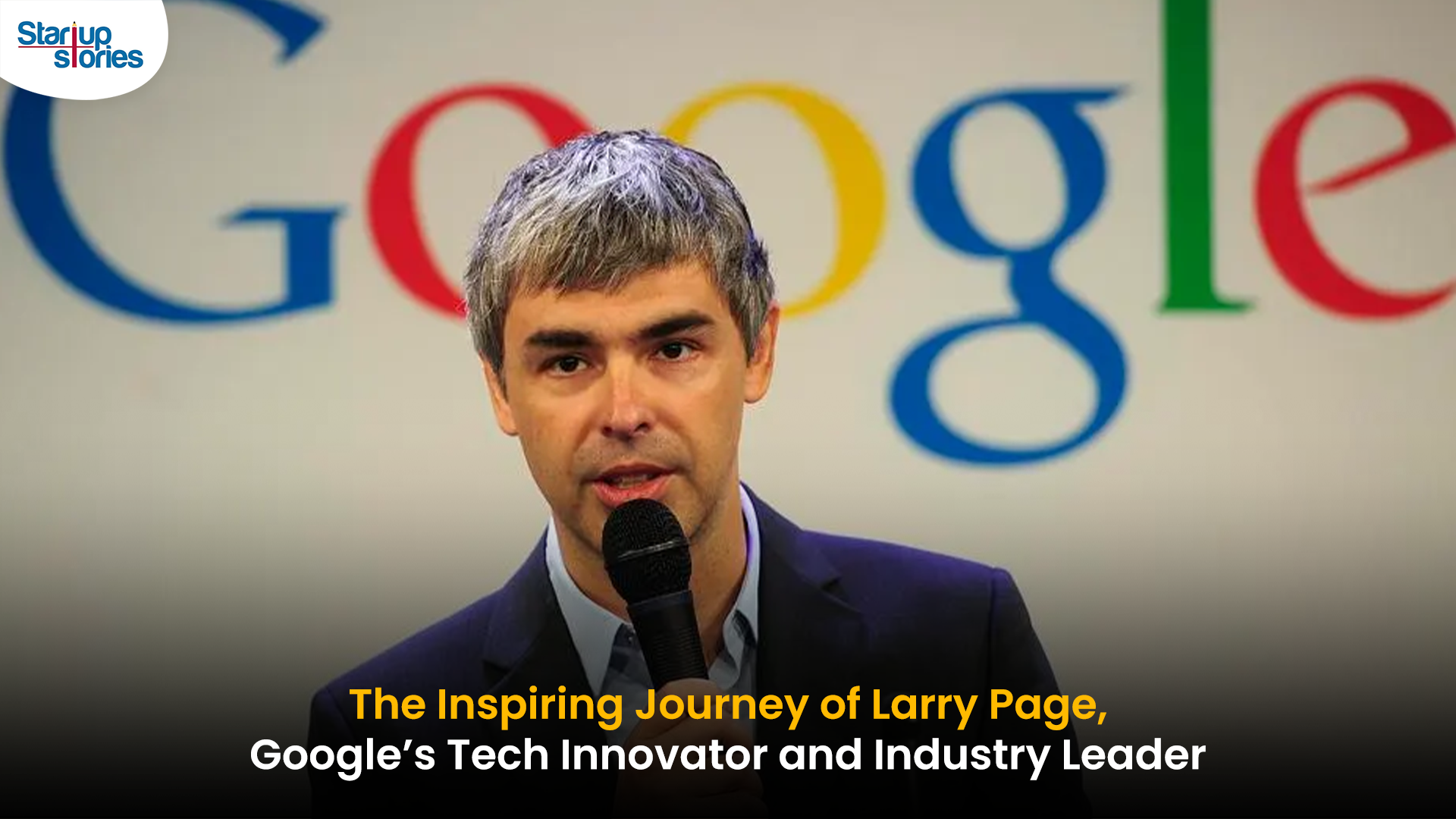
Larry Page is a visionary technology entrepreneur and co-founder of Google, one of the world’s most influential companies. Born in 1973 in Michigan, Page grew up surrounded by computer technology, which inspired his passion for innovation from an early age. He studied computer engineering at the University of Michigan and later pursued his PhD at Stanford University, where he developed the revolutionary PageRank algorithm with Sergey Brin. This technology fundamentally changed the way search engines rank websites, making Google the most accurate and popular search engine globally.
The journey of Larry Page and Google began in 1998 when they officially launched the search engine from a small garage. Leveraging their unique algorithm, Google quickly surpassed competitors due to its ability to deliver highly relevant search results, transforming internet search forever. Under Larry Page’s leadership as CEO, Google expanded beyond search to launch groundbreaking products including YouTube, Gmail, and Google Maps, turning it into a global tech powerhouse that shapes how we access and interact with information online.
Larry Page later became the CEO of Google’s parent company, Alphabet Inc., driving innovation and investment in next-generation technologies such as artificial intelligence, autonomous vehicles, and healthcare solutions. His visionary leadership and commitment to technological advancement have cemented his legacy as one of the most influential figures in the tech industry. Today, Larry Page remains a key influencer in shaping the future of technology and digital innovation worldwide.
Entrepreneur Stories
India’s Tech Story: Airtel Spreads AI Access, Ohm Mobility Lessons

Bharti Airtel has launched the innovative “Airtel-Perplexity Blueprint,” partnering with Perplexity to provide over 360 million customers free access to Perplexity Pro for a year—a benefit valued at ₹17,000 ($200). This collaboration enables Airtel users across mobile, broadband, and digital TV to harness advanced capabilities in generative AI, including leading AI models like GPT 4.1, Claude, and Gemini, along with up to 300 Pro searches daily, image generation, document analysis, and personalized planning services. The move is seen as a milestone for telecom innovation and the democratization of AI in India, making powerful research and productivity tools accessible to a massive user base.
This strategic partnership positions Airtel as an “AI-first” telecom provider, allowing it to gain key insights into user interactions with artificial intelligence and adapt its networks for growing digital demands. For Perplexity, the tie-up grants exclusive access to India’s vast telecom audience, rapidly propelling the app to the No. 1 spot on the Indian App Store, surpassing global competitors like ChatGPT and Google Gemini. Airtel customers can activate their complimentary subscription seamlessly through the Airtel Thanks App, under the Rewards and OTTs section, reinforcing Airtel’s commitment to digital customer empowerment.
The broader Indian startup ecosystem reflects both breakthrough innovation and hard-earned lessons, illustrated by the recent shutdown of Ohm Mobility, an EV financing startup. Despite multiple pivots and industry-leading investors, Ohm Mobility struggled to achieve a sustainable business model—a reminder of the challenges in market fit and adaptability. As AI adoption accelerates and startup realities evolve, industry leaders like Airtel and Perplexity are setting new standards, while others, like Ohm Mobility, offer valuable insights on resilience and the importance of business model flexibility in India’s dynamic tech landscape.


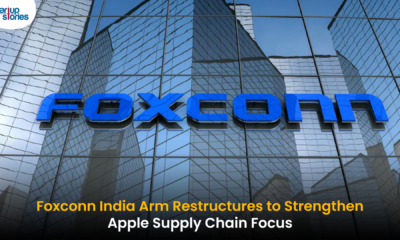

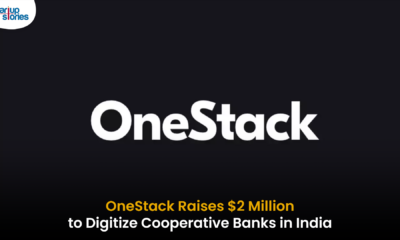









Kuwin
November 6, 2025 at 6:04 am
kuwin sở hữu kho game đa dạng từ slot đến trò chơi bài đổi thưởng, mang đến cho bạn những giây phút giải trí tuyệt vời.
GO88
November 7, 2025 at 8:36 am
Tham gia cộng đồng game thủ tại Go88 để trải nghiệm các trò chơi bài, poker phổ biến nhất hiện nay.
谷歌蜘蛛池
November 7, 2025 at 6:48 pm
利用强大的谷歌蜘蛛池技术,大幅提升网站收录效率与页面抓取频率。谷歌蜘蛛池
J88
November 8, 2025 at 10:15 am
Đến với J88, bạn sẽ được trải nghiệm dịch vụ cá cược chuyên nghiệp cùng hàng ngàn sự kiện khuyến mãi độc quyền.
站群程序
November 9, 2025 at 8:54 pm
搭载智能站群程序,自动化搭建与管理,为SEO项目提供核心驱动力。站群程序
站群程序
November 12, 2025 at 3:29 pm
搭载智能站群程序,自动化搭建与管理,为SEO项目提供核心驱动力。站群程序
iwin
November 19, 2025 at 6:06 am
iwin – nền tảng game bài đổi thưởng uy tín, nơi bạn có thể thử vận may và tận hưởng nhiều tựa game hấp
MM88
November 21, 2025 at 12:31 pm
Khám phá thế giới giải trí trực tuyến đỉnh cao tại MM88, nơi mang đến những trải nghiệm cá cược thể thao và casino sống động.